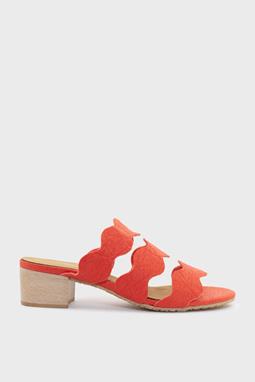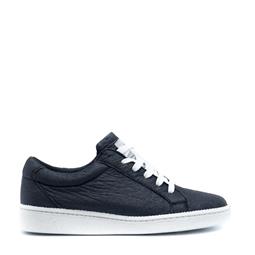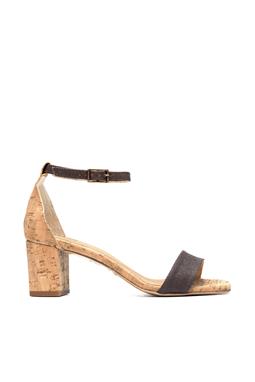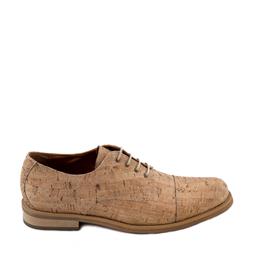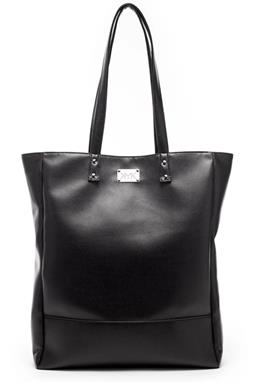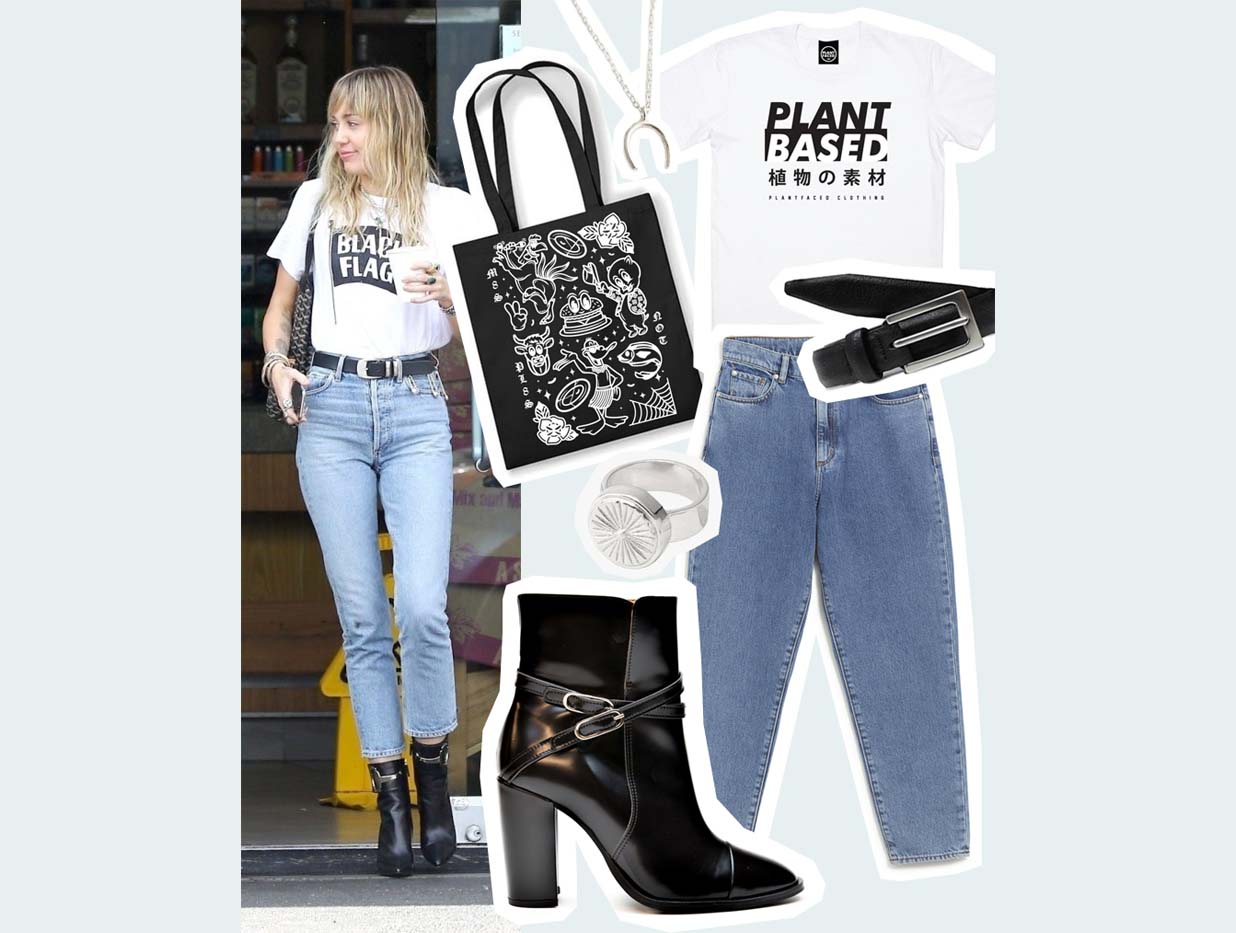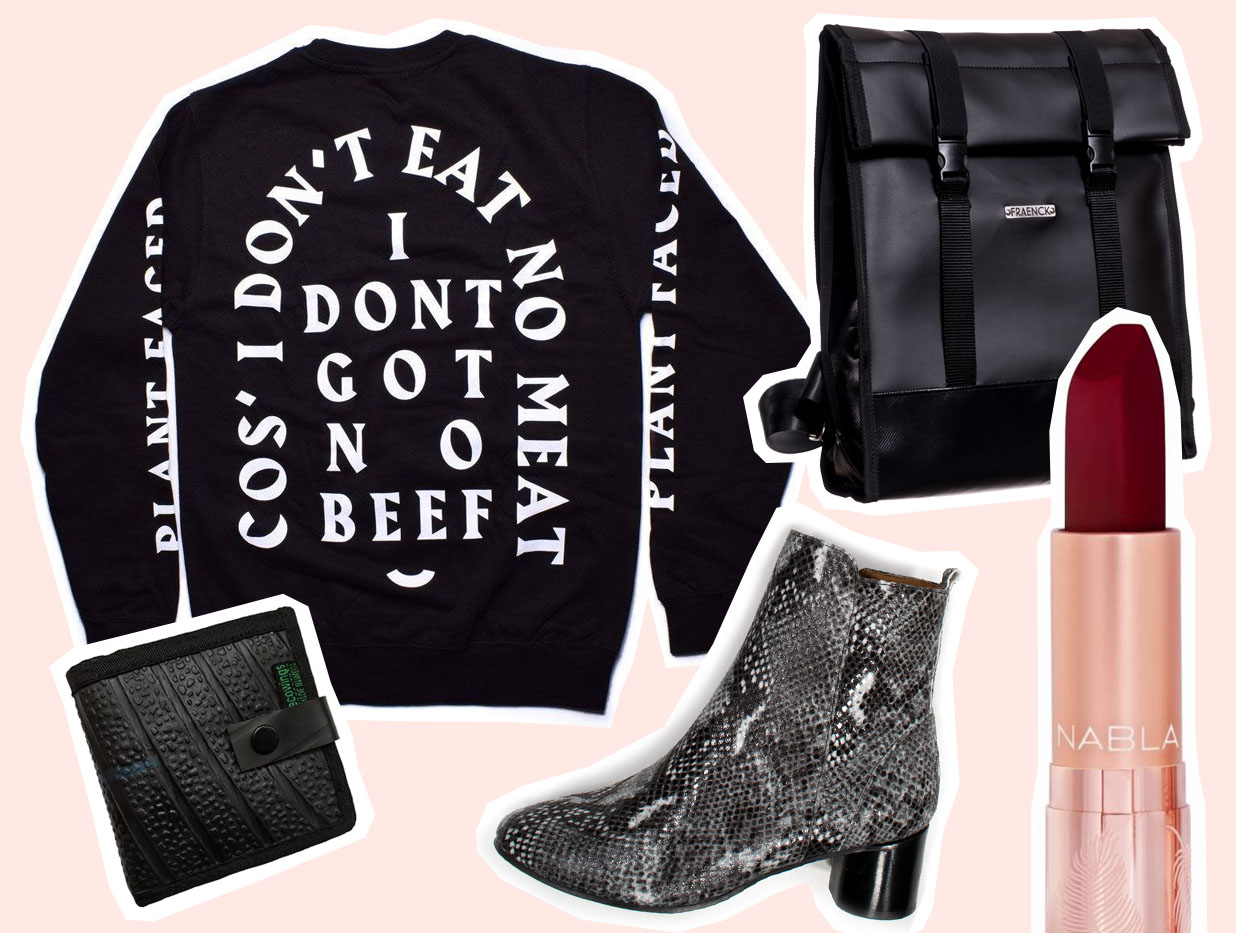 Vegan, fair & sustainable shopping in The United Kingdom 4.8
Vegan, fair & sustainable shopping in The United Kingdom 4.8 



 Check out reviews
Check out reviews6+ Sustainable Vegan Leather Alternatives
 Ineke
Ineke

- These beautiful vegan cork and pineapple leather shoes are from NAE. Shop the collection here »
Fantastic and innovative vegan leather alternatives are flooding into the market nowadays making it ever easier to shop with your conscience. We’ve previously explored the frightening realities of the leather industry. Now we can show you just how unnecessary it is with these imaginative substitutes some of our brands have introduced. Glad to introduce to you: leather from pineapple, cork, apple, cactus, mushroom and more!
With the global fashion elite taking notice, vegan and sustainable alternatives to your fashion favorites are taking the world by storm. Large brands like Stella McCartney, Matt & Nat and Will's Vegan Shoes currently have a wide range of ‘faux’ leather products like shoes and handbags. Innovative materials, safe and sustainable work spaces to protect both employees and the environment all come together to truly change the game.
- Reading tip: What is vegan fashion?
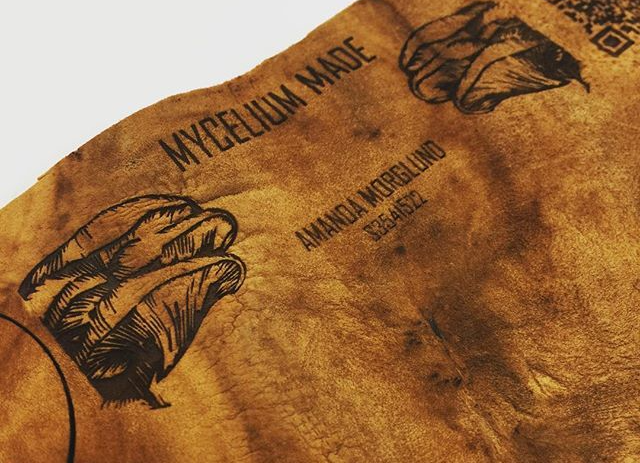
An example of some eerily animal-like mushroom leather; more on this interesting material below.
Sustainability ranking of vegan leathers
All of our brands are vegan, of course, but here are some of the specifically ‘faux’ leather materials we have in store for you from handbags and shoes to amazing ‘leather’ jackets. With the imitation leather market growing exponentially, it’s time to know your vegan materials 1.
Throughout this article I have formulated a rough sustainability ranking of each of the materials giving each of these most popular options a rank out of 5. For these leather alternatives, I have taken into account criteria like the use of organic materials, plastic, land and energy use, production time, locality, durability and potential for social enterprise.
1. Pineapple (Piñatex)
Easily one of the most fascinating leather alternatives is Piñatex! Much like leather, Piñatex takes advantage of the ability to maximize the value of a single product; in this case, not an animal, but a pineapple.
Developed by Dr Carmen Hijosa, a former leather specialist, Piñatex is a material formed by the waste product of the pineapple industry in the Philippines.
From the discarded long leaves of the top of the pineapple, strong fibres can be extracted and processed into an unwoven material evocative of leather. Not only does this material come from an entirely sustainable basis, it contributes to extra income for local farmers and helps to create a circular economy throughout the area in the use of what used to be just pineapple waste.
The article continues below this image.

Shop the Momoc collection »
Once the leaves have been processed for their strong fibres, the leftover biomass can be released back into the earth as fertilizer for the next crop of pineapples. With Piñatex, the environment, the people and the local economy all combine in a sustainable coexistence 2.
The article continues below this image.
 © 2020 Ananas-Anam
© 2020 Ananas-Anam
Not only does Piñatex not harm any animals, but its material is not synthetic and biodegradable, making it a far more sustainable option in comparison to PU or PVC based vegan leathers.
Sustainability ranking: 5/5
Piñatex ranks pretty high. An organic material, the production of Piñatex also fosters an additional local social enterprise for Filipino farmers and because it is a waste-product of the pineapple industry, it doesn't require extra land to produce. The Philippines is also a consistently warm climate meaning pineapple production isn't limited to a certain time of the year, thus no need for artificial growing environments and a consistent crop. But, there is a drawback to Piñatex in that it does travel from its country of origin in the Philippines to be manufactured in Spain.
2. Cork
You probably mostly know this material as the squishy backing of the notice board from your office or the stopper of a wine bottle, but cork actually has a lot more to it as a new leather alternative!
After being harvested from cork trees mostly in Portugal or Spain, this special bark is dried, soaked and pressed before being cut into thin strips.
This process, using trees that can survive up to 300 years by only removing their cork every 9 years or so, is an incredibly renewable and sustainable process as you have to wait for the trees to grow between harvests.
The article continues below this image.
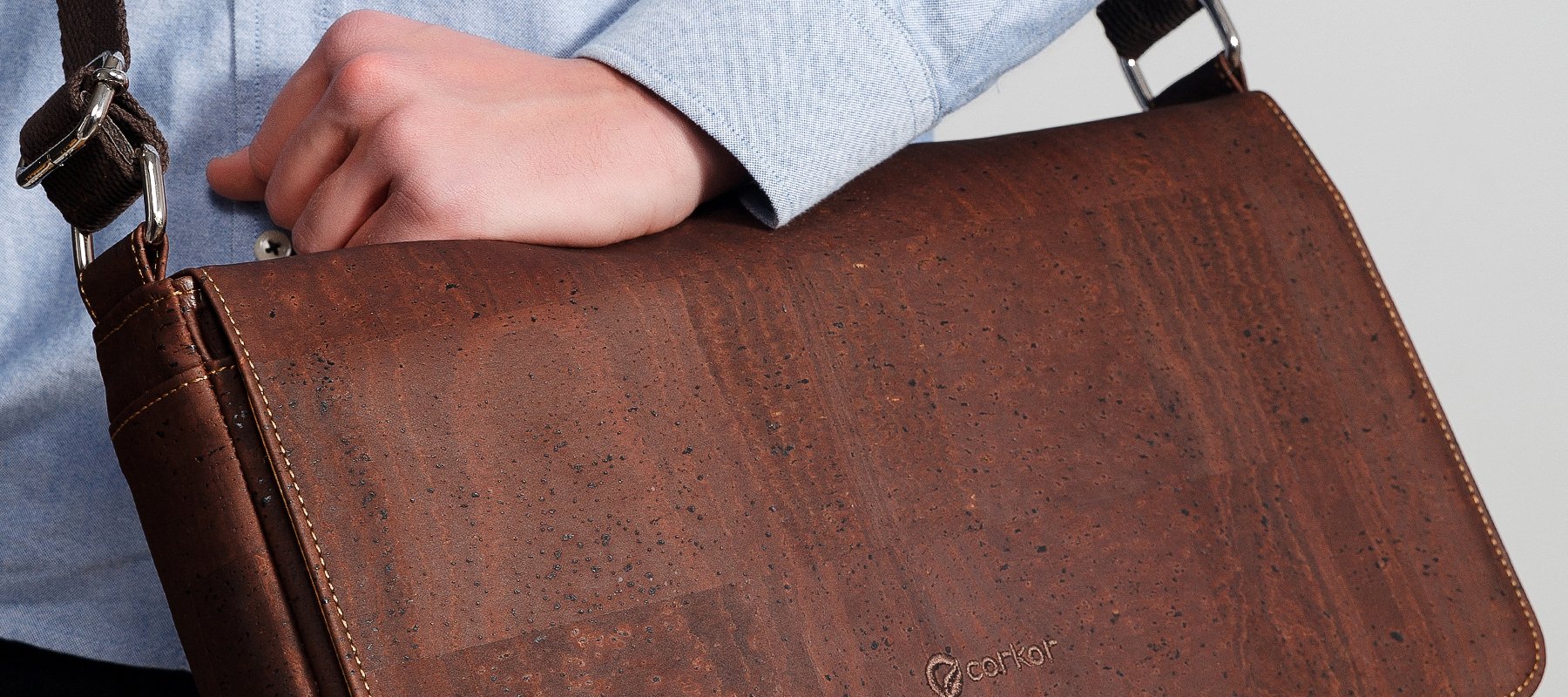
© 2020 Corkor
On top of this, the entire production process is mostly chemical free, unlike traditional leather with its harsh chromium and arsenic use 3.
It’s easy to think of a material made from cork as crumbly and thick, after all, most of us only experience cork from pressing pins into a corkboard. Cork material however is pressed under such high pressure that the result is beautifully thin and flexible whilst also hard and durable. This makes it perfect for a leather replacement product.
Some of the cork products even retain their intricate wood grain detail, adding a new and interesting pattern to an otherwise plain shoe!
Sustainability Ranking: 4/5
Also scoring highly is cork as it is also an organic material that fosters a valuable local economy in Spain and Portugal. However, cork trees do specifically require land to grow as they are not a by-product of another existing industry. Cork trees also take time to be able to be harvested, with the first harvests only becoming possible after at least 9 years meaning it’s quite difficult to start cork farming. Yes, the entire production process is chemical free, but the material needs to be pressed at such high pressures to become thin and flexible that significant energy is required.
3. Apple Peel
One of the most exciting developments in fruity vegan leather alternatives comes from the otherwise wasted apple peel from the juice and cider industry.
Once the fresh apples are pressed, the fibrous pulp and stems can be separated from the juice and further dried and processed into a thin, malleable sheet. A successful vegan leather that is 100% apple peel based is yet to be created, but there are several brands that currently combine apple peel with PU or polyester as a binding agent in a synthetic blend.
The article continues below this image.
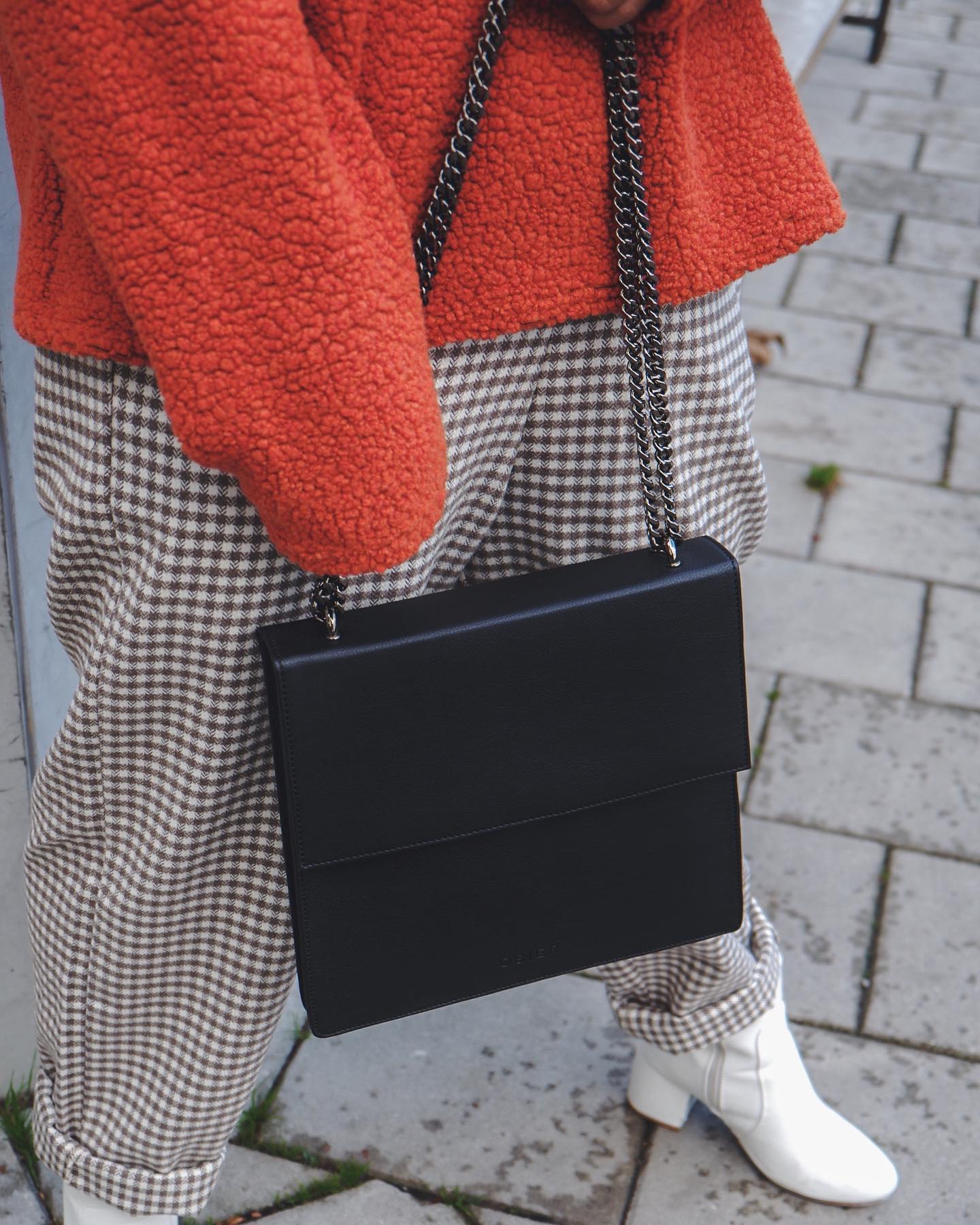
Shop the Osier collection »
So despite vegan ‘apple’ leather not being as sustainable as one might first think, it still represents a far better compromise than other 100% synthetic products. Currently, vegan sellers have achieved up to a 50/50 apple and PU balance, with the apple portion increasing all the time!
Despite the apple peel constituting such a large part of the product, the end result is a leather that doesn’t give a hint to its vegetal origins at all. Unlike cork or Piñatex, apple peel leather has a fine, authentic leather-like grain, giving the product a really premium feel. Because of the lower PU amount, the material also breathes far better than full PU products and is incredibly smooth and soft 4.
{{#product}}19296{{/product}}{{#product}}18205{{/product}}
Sustainability Ranking: 3/5
Apple peel leather has all the potential to be far more sustainable than it currently is and will surely grow to be in the future. A naturally organic material and a by-product of the juicing industry, apple peel unfortunately needs to be mixed with the synthetic PU in order to become a leather-like material which impacts its sustainability ranking for now.
4. Cactus
A more recent player on the vegan leather stage, Mexican entrepreneurs Adrián López Velarde and Marte Cázarez have created a leather-like material from cacti.
Plastic free, phthalate free and harsh chemical free, their cactus based vegan leather is both an ethical and sustainable option that debuted in late 2019. Right now, the duo are in the running for a German environmental award (Germany’s Green Product Award 2020) 5.
The article continues below this image.

© 2020 DESSERTO
Aside from being an iconic feature of the Mexican landscape, cacti use little water and are plentiful around the country, making them a fantastic raw material for a sustainable future.
The cacti aren’t even completely harvested, only the mature leaves are taken so the plants can remain and re-grow just a few months later.
Their process includes taking these mature cuts of the cactus plant, washing them, mashing them and then leaving them to dry in the sun. Following this, non-toxic chemical mixtures are added and the material can be shaped into any form or colour you want 6.
So the leather is entirely organic, the same price-point as traditional leather, biodegradable, durable and most importantly: vegan!
The article continues below this video.
Sustainability Ranking: 4/5
Much like Piñatex, cactus leather has provided local farmers with additional opportunity for enterprise. The cacti are dried using heat from a year-round warm climate, thus saving on energy use and time. The cactus is also a common plant in Mexico, thus making use of a natural and plentiful resource. But although not harsh or intensive, some preservative chemicals are used in the manufacturing process.
5. Mushrooms
According to a recent Vogue article, mushroom based leather is “nothing short of revelatory” and here’s why: perhaps the closest to leather out of all of the plant-based options, mushroom leather is the most fascinating. Not per say the mushrooms that we think of as a food source, these mushrooms used for faux leather primarily mean mycelium, an interconnected growth of the vegetative part of a fungus 7.
In its growth, mycelium is particularly fascinating as it can be grown and shaped in any form wanted and feeds on most waste material from other forms of manufacturing such as sawdust. Being a fungus, mycelium also grows in the dark, minimizing energy needed to light or heat its production!
Companies like MycoWorks have patented a method of transforming these fungi into thin sheets that can be manipulated into leather-like materials and even stamped with animal skin-like patterns.
The article continues below this video.
With their newest product ‘Reishi’, which debuted this past month at New York Fashion Week, MycoWorks have had third party testing carried out on the vegan leather material - the results had Reishi matching or surpassing leather on all of the standard leather test criteria like strength, abrasion resistance and color fastness. 8
So although it is still early days for the mushroom-based leather, its future seems promising as a cheap, low energy intensity, 100% biodegradable and vegan alternative to the use of leather in the fashion, furniture and automobile industries.
Sustainability Ranking: 4/5
An organic material that grows in tight spaces with little light, mushroom based leather is almost perfect in terms of sustainability. Heavy machinery and manufacturing aren’t needed as much in its production as mushrooms can be manipulated into growing in whatever form is needed. With the possibility for a perfect 5, mushroom leather is simply too new to anticipate its sustainability in its entirety, but its future is most definitely exciting!
The article continues below this image.

Shop the Will's Vegan Shoes collection »
6. Polyurethane, or “PU”
By far the most common of the faux-leather materials we have polyurethane, a derivative of plastic that can be manufactured to mimic the look and soft feel of leather.
However, being a synthetic fabric, polyurethane doesn't age as well as leather does and is also less breathable due to lack of actual skin pores 9. ‘Pleather’ is however very easy to clean, lasts for a long time, is far cheaper than traditional leather and looks just like the real thing.
And I know what you’re thinking, yes it’s essentially plastic, but many quality imitation leather products are manufactured to EU environmental standards. This means that the final chemical polymer is inert and therefore harmless and only a small amount of chemical per ton is released into the environment during production 10. Although it is plastic and therefore not the most sustainable option, at the end of the day no animals were directly harmed in its making.
The article continues below this image.
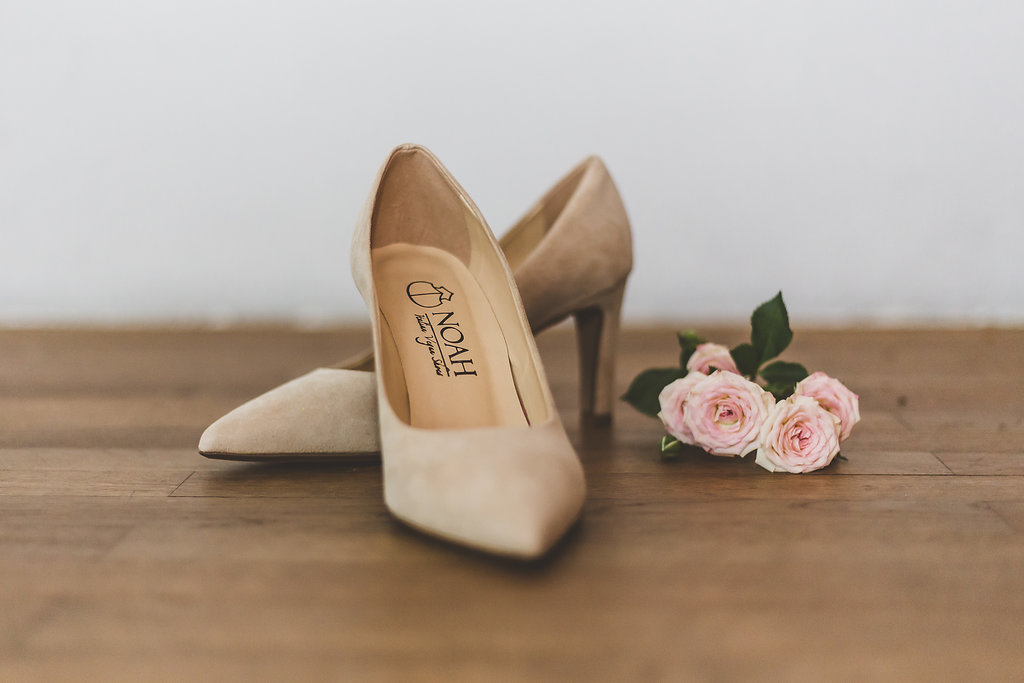
Shop the NOAH Italian Vegan Shoes collection »
So despite being a non-renewable material, polyurethane provides a compromise between a material that arguably resembles leather the closest, doesn’t affect animals, but isn't necessarily as sustainable as other leather substitutes.
But beware! Polyurethane is actually sometimes used in combination with real leather as a protective coating. This product is called bicast leather and is deceptively not vegan.
Another synthetic fabric that is often used to mimic leather, specifically the softer ‘suede’ is termed micro-suede or microfiber. It is essentially PU based but uses a far finer synthetic polyester thread. The effect of this finer material determines a higher quality vegan leather with an incredibly intricate grain which is also very flexible and soft to the touch. Because of this, microfiber and microsuede products are often at a slightly higher price point than regular PU products 11.
{{#product}}20087{{/product}}
Sustainability ranking: 2/5
Although PU doesn’t harm animals, its environmental impact is up there with leather in terms of its potential harm. However, PU can be produced in a more sustainable manner, especially when locally made in the EU under strict production guidelines. Additionally, because of its synthetic material, the quality PU items we offer in our collection will last a lifetime in your closet. Because of this, I have given PU a score of 2.
So what about animal leather?
Sustainability ranking: 1/5
So you might be wondering how all of these would compare to 'the real thing': cowhide. Aside from being the skin of a killed animal, when placed into the sustainability ranking I've used here, real leather also lacks a concern for sustainability.
- Reading tip: What's wrong with leather?
Not to mention the massive amounts of water and land needed for animal farming to even begin making leather, the processes involved in the manufacturing of leather include the use of harsh chemical agents and large amounts of water to soften and preserve the skin - this mix is then washed out of factories, polluting natural water systems as well as drinking water.
Tannery workers are at an increased risk for mutliple illnesses, the natural environment is destroyed and the livestock farmed for leather need massive amounts of food, water and land. The fact that leather lasts a very long time is truly its only remotely redeeming quality.
The article continues below this image.
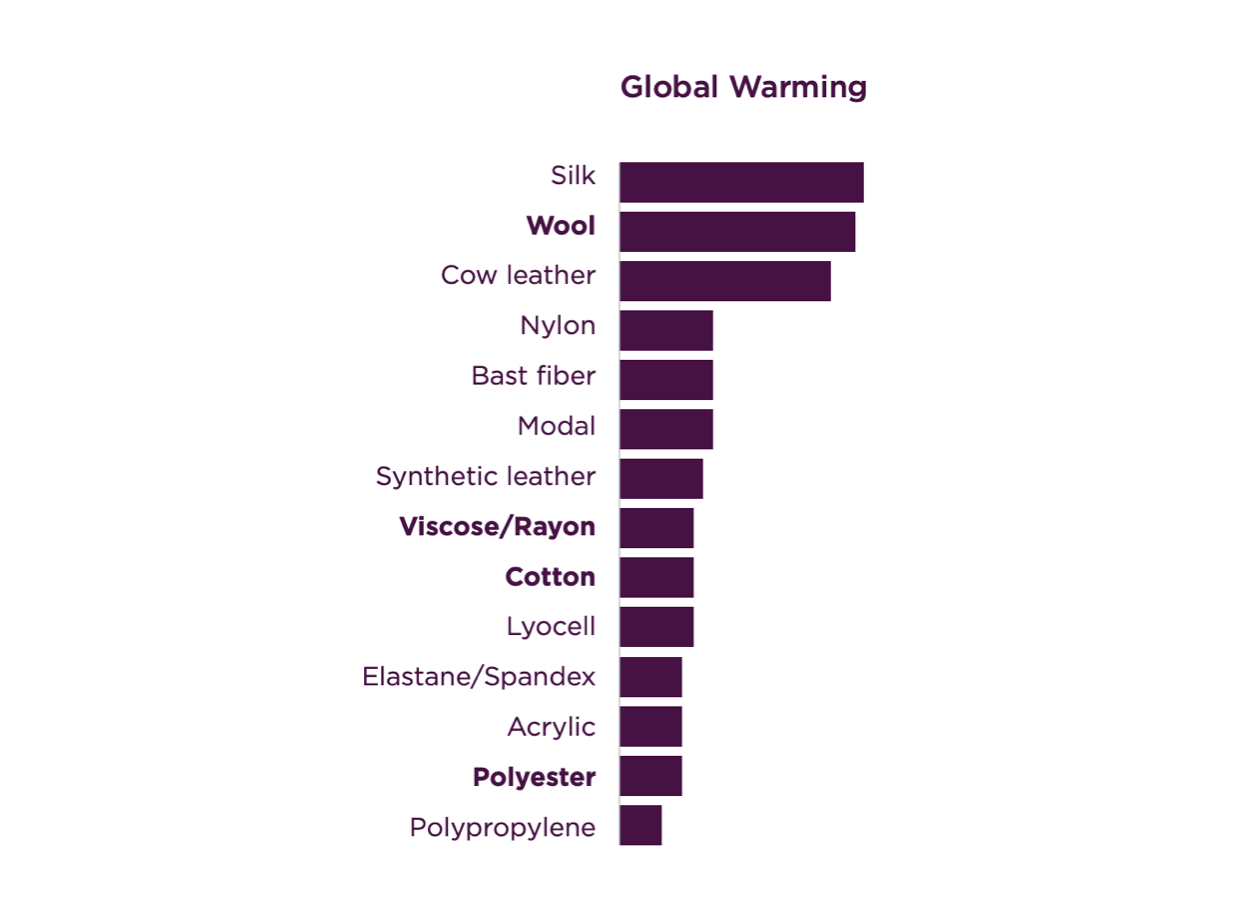
© 2017 Global Fashion Agenda
Honorable Mentions
Vegan alternatives to leather are popping up all over the market. From the weird to the wonderful, innovative substitutes that champion sustainability and veganism are being produced from a wide range of materials.
Wine Waste
Just recently global fast fashion powerhouse H&M have announced they are going to launch a vegan leather made from wine waste 12. With a new-found interest in producing vegan leather that is not synthetic in nature, the fake leathers emerging show a focus on the vegetal and biodegradable, making them a more competitive option against traditional leather.
Flowers
A small company based in the Uttar Pradesh region of India has recently started developing a leather or ‘fleather’ by using the flowers left as temple offerings. Previously using these decomposing flowers to create incense sticks, they noticed that the dense, fibrous pulp of these pressed flowers started to resemble a sort of leathery material. Now, collecting nearly 3 tons of flowers a day, the Kanpur Flowercycling company is able to produce ‘fleather’ over a period of just 3 weeks! 13
The article continues below this image.
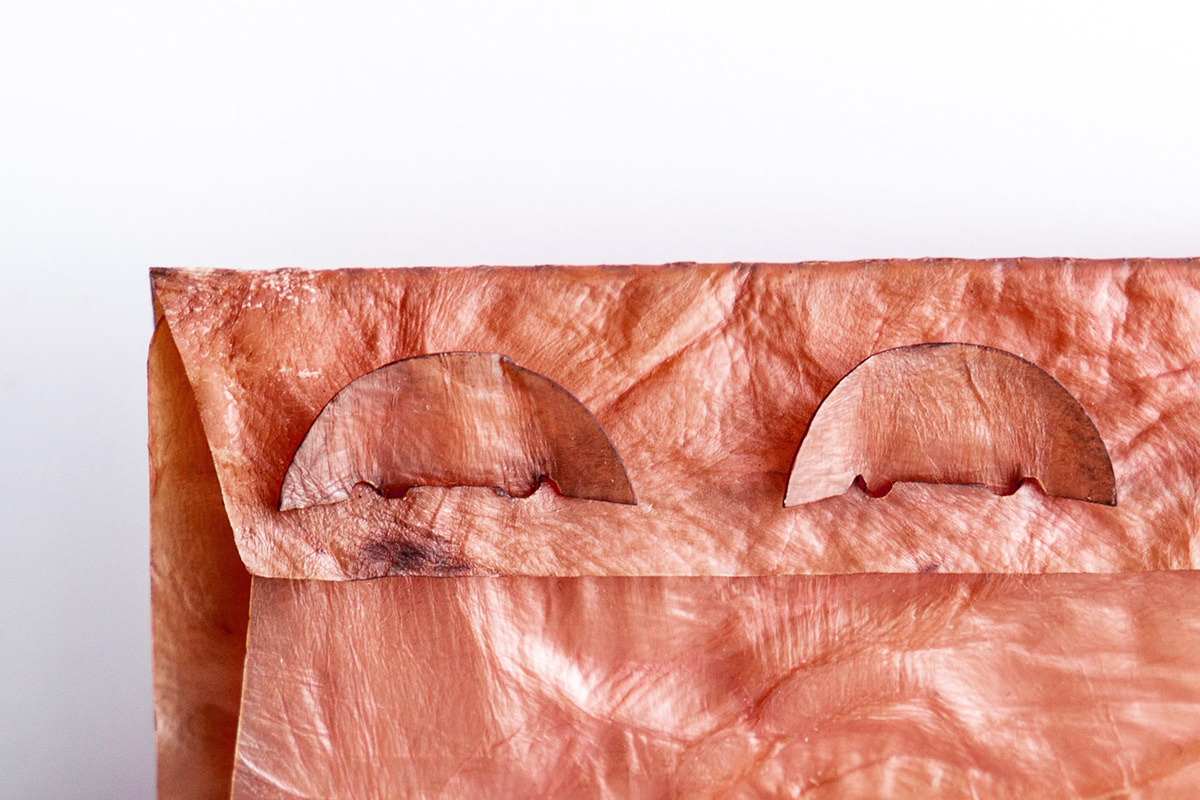
© 2020 UNIZAR
Kombucha Scoby
One of the more outlandish constructions is a leather derived from kombucha scoby 14. In the search for cruelty free leather, this thick, spongy and rather slimey layer that forms on top of a tray of fermenting tea is being dried out and oiled to resemble a thin ‘leather’. Although not quite there yet, products such as leather jackets and shoes have already been explored as prototypes for kombucha leather!
Onwards
Vegan leather alternatives continue to be an ever-evolving and frankly fascinating area of study and experimentation and we're sure to see many more brilliant and bizarre efforts in the future. With variety in alternatives like these, who needs leather anymore - it's simply unneccesary.
Shop our vegan leather alternatives for men & women »
- A guide to vegan leather
- Anas-Anam Piñatex
- Cork leather
- Apple peel leather
- Vegan cactus leather award
- About cactus leather
- Vogue speaks about mushroom leather
- An interview about Reishi
- Mahi leather blog - All you need to know about vegan leather
- The Minimalist Vegan on leather
- What is micro-fiber leather?
- H&M launch leather from wine waste
- Vegan leather from temple flowers
- Vegan leather from kombucha
.jpg)
 T-Shirts & Tops
T-Shirts & Tops  Shirts & blouses
Shirts & blouses  Dresses
Dresses  Skirts
Skirts 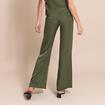 Pants
Pants  Jeans
Jeans  Knitted sweaters & cardigans
Knitted sweaters & cardigans  Hoodies & sweatshirts
Hoodies & sweatshirts  Coats & jackets
Coats & jackets  Suits & co-ord sets
Suits & co-ord sets  Lingerie & underwear
Lingerie & underwear 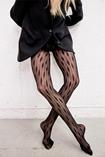 Legwear
Legwear  Lounge & nightwear
Lounge & nightwear  Sportswear
Sportswear  Jumpsuits & dungarees
Jumpsuits & dungarees 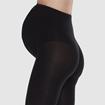 Maternity Clothing
Maternity Clothing 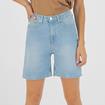 Shorts
Shorts .jpg) Swimwear
Swimwear 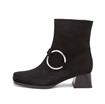
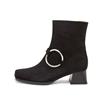 Boots
Boots  Sneakers
Sneakers 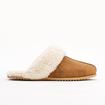 Slippers
Slippers  Heels
Heels 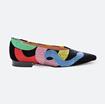 Loafers & flats
Loafers & flats 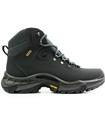 Hiking & sports shoes
Hiking & sports shoes 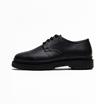 Lace-up shoes
Lace-up shoes 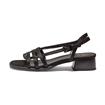 Sandals
Sandals  Shoe care & accessories
Shoe care & accessories 
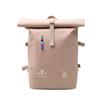 Backpacks
Backpacks 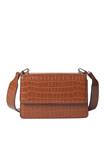 Crossbody bags
Crossbody bags 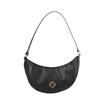 Handbags
Handbags  Shoulder bags
Shoulder bags 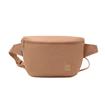 Bum & belt bags
Bum & belt bags 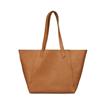 Shoppers & Totes
Shoppers & Totes  Laptop bags
Laptop bags 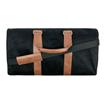 Travel bags & sports bags
Travel bags & sports bags  Clutches
Clutches  Toiletry Bags
Toiletry Bags 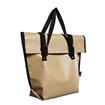 Cycle bags
Cycle bags 
.jpg) Hats
Hats  Scarves
Scarves  Gloves
Gloves 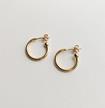 Jewelry
Jewelry 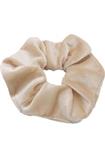 Hair accessories
Hair accessories 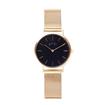 Watches
Watches 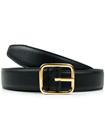 Belts
Belts 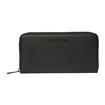 Wallets
Wallets  Sunglasses
Sunglasses 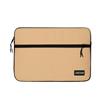 Laptop sleeves & phone cases
Laptop sleeves & phone cases  Key rings
Key rings 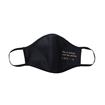 Face masks
Face masks 
 T-Shirts & Polo's
T-Shirts & Polo's  Shirts
Shirts 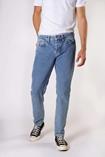 Jeans
Jeans 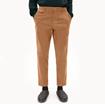 Pants
Pants  Coats & jackets
Coats & jackets  Knitted sweaters & cardigans
Knitted sweaters & cardigans  Hoodies & sweatshirts
Hoodies & sweatshirts 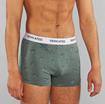 Underwear
Underwear  Socks
Socks  Sportswear
Sportswear 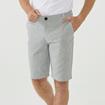 Shorts
Shorts 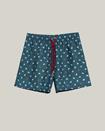 Swimwear
Swimwear  Lounge & nightwear
Lounge & nightwear  Sneakers
Sneakers 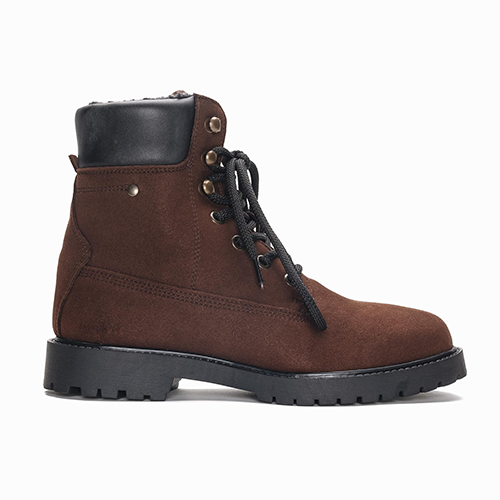 Boots
Boots 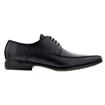 Dress shoes
Dress shoes 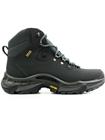 Hiking & Sports Shoes
Hiking & Sports Shoes  Slippers
Slippers  Loafers & mocassins
Loafers & mocassins 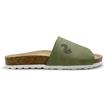 Flip flops & sandals
Flip flops & sandals 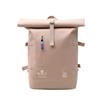
 Backpacks
Backpacks 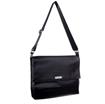 Shoulder bags
Shoulder bags 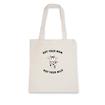 Cotton bags
Cotton bags 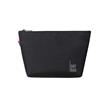 Toiletry bags
Toiletry bags 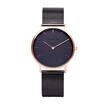
.jpg) Hats & beanies
Hats & beanies 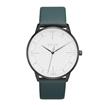 Watches
Watches  Belts
Belts 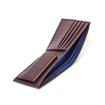 Wallets
Wallets  Ties & bow ties
Ties & bow ties  Sunglasses
Sunglasses 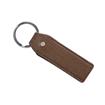 Key rings
Key rings 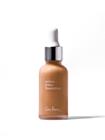
 Bronzer
Bronzer 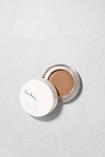 Concealer
Concealer  Powder
Powder  Blush
Blush  Highlighter
Highlighter 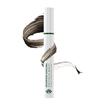
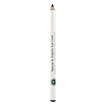 Eyeliner & eye pencil
Eyeliner & eye pencil 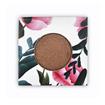 Eyeshadow
Eyeshadow 

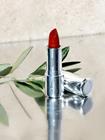 Lipstick
Lipstick 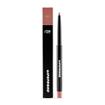 Lip liner
Lip liner 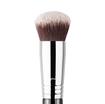

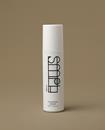 Face cleanser
Face cleanser 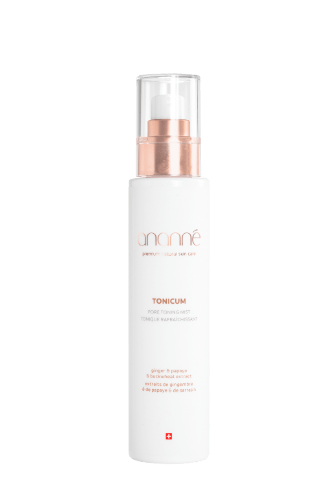 Toner
Toner 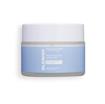 Exfoliants
Exfoliants  Serum
Serum 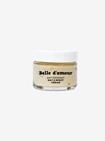 Moisturiser
Moisturiser 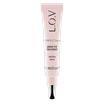 Eye cream
Eye cream 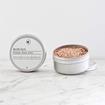 Face masks
Face masks 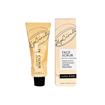 Face scrub
Face scrub  Lip balm
Lip balm 
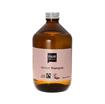 Shampoo
Shampoo  Conditioner
Conditioner 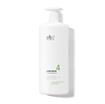 Hair care
Hair care 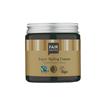 Hair styling
Hair styling 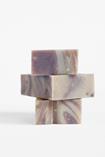
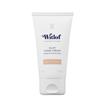 Hands & feet
Hands & feet 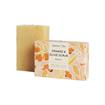 Shower
Shower  Body lotions, butters & oils
Body lotions, butters & oils 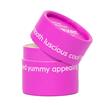 Deodorant
Deodorant  Oral care
Oral care 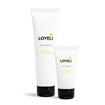


.jpg) Candles & fragrance sticks
Candles & fragrance sticks .jpg) Vases & planters
Vases & planters  Lighting
Lighting .jpg) Cushions
Cushions  Other home decor
Other home decor .jpg) Furniture
Furniture 
 Tableware
Tableware .jpg) Kitchen tools
Kitchen tools .jpg) Storage jars
Storage jars 
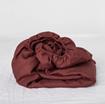 Bed sheets
Bed sheets  Duvet covers
Duvet covers 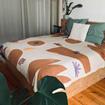 Throws & blankets
Throws & blankets  Pillow covers
Pillow covers 
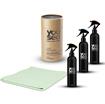 Cleaning
Cleaning 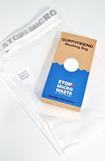 Laundry bags
Laundry bags .jpg)
.jpg)
.jpg) (Reusable) Notebooks
(Reusable) Notebooks 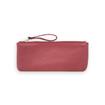 Pencil cases
Pencil cases .jpg)

 Clothing
Clothing 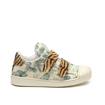 Shoes
Shoes  Bags
Bags 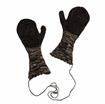 Accessories
Accessories  Toys
Toys 
 Clothing
Clothing  Accessories
Accessories 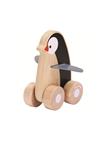 Toys
Toys 